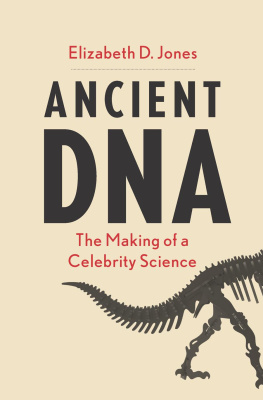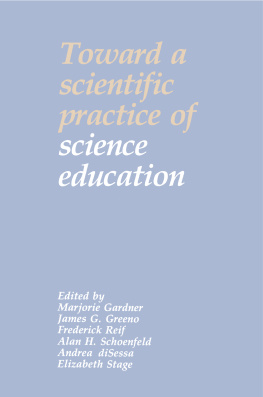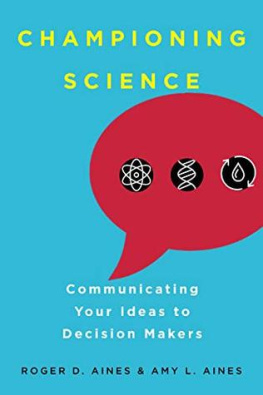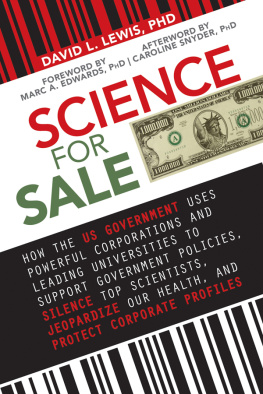THE ORIGINS OF CSIRO
1901 1926
THE
ORIGINS
OF
CSIRO
Science
and the Commonwealth Government
1901-1926
SIR GEORGE CURRIE
Former Research Scientist, CSIR, 1929-39
JOHN GRAHAM
Officer-in-charge, Head Office Records, CSIRO
COMMONWEALTH SCIENTIFIC AND INDUSTRIAL
RESEARCH ORGANIZATION
Melbourne, 1966
First published 1966
Printed and bound in Australia by
Melbourne University Press, Carlton N.3, Victoria
Dewey Decimal Classification Number 607.294
Registered in Australia for transmission by post as a book
FOREWORD
March 16th, 1966, marked the jubilee of Commonwealth sponsored scientific research in Australia. In 1916 the Commonwealth Government set up an Advisory Council of Science and Industry. This was the culmination of an interest in scientific research which went back to the very beginning of federation and had been expressed by active attempts to bring science to the aid of agriculture.
The Prime Minister, Mr W. M. Hughes, saw clearly that the help of science was needed to develop his country in the future. Following the precedent of the British Government a year earlier, he persuaded his Government to set up a scientific research organization.
In a characteristic speech, in which he first announced Commonwealth interest in the matter, he said that science should act as a beacon to industry and guide its feet through mazes of experiments. It would cure the diseases of the body economic and be its striking and producing power.
This book is an account of the developments which led up to the formation of the Advisory Council by the Hughes Government in 1916. It carries the story on to 1926, when a later Prime Minister, Mr S. M. Bruce, introduced the Bill to found the Council for Scientific and Industrial Research. In those days there were vivid contrasts in the views of scientists, politicians and men of affairs as to how science could most effectively influence the nations future.
In a speech which preceded the introduction of the 1926 Bill, Mr Bruce saidThe Government regards this question as probably one of the greatest importance that we are faced with today. We are prepared to find the necessary financial assistance to carry it into effect. His Government fulfilled this promise and a great scientific enterprise called the Council for Scientific and Industrial Research was launched. Its present day successor is CSIRO.
This book is not an account of scientific achievement. It is the story of a dramatic period in the history of Australia when scientists and men of vision convinced the political leaders of their day that scientific discovery could render valuable service to their developing country.
It is a record, too, of the political vicissitudes through which this grand conception passed before the leaders of the Government could bring it to practical fruition in the Acts of Parliament of 1920 and 1926.
That their faith and hope have been in a large measure fulfilled is due to their skill in designing an organization in which Australian scientists could give of their best in research. The Act of 1926 established a pattern of organization for a government research institution, masterly in conception and workable in practice. It is a model which other countries have admired and copied.
The Executive of CSIRO is grateful to Sir George Currie and to Mr John Graham for their accurate and very readable account of the period. The publication of this book is a fitting contribution to the celebration of the jubilee of national science in Australia.
Sir Frederick White, K.B.E., F.R.S.,
Chairman, CSIRO.
ACKNOWLEDGMENTS
The authors gratefully acknowledge the valuable assistance given by the many organizations and individuals who gave access to their records, supplied photographs and information and who gave useful criticism and helpful suggestions in the preparation of the material for this book for publication. They wish particularly to express their appreciation to:
The Rt Hon. Viscount Bruce of Melbourne, P.C., C.H., M.C.; His Excellency the Rt Hon. Lord Casey, P.C., G.C.M.G., C.H., D.S.O., M.C., K.StJ.; Sir Frederick White, K.B.E.; Professor Kerr Grant; Professor J. La Nauze; Professor W. A. Osborne; Professor R. S. Parker; Professor D. H. Pike; Sir Robert Watt (since deceased); Mr Guy B. Gresford, CSIRO; Mr W. F. Evans, CSIRO; Mr L. R. Benjamin, ex CSIRO; Mr W. Hartley, CSIRO; Mr G. K. Johnson, CSIRO; Mr G. Lightfoot, Retired CSIRO (since deceased); Mr F. Strahan, Archivist, University of Melbourne; Mr L. F. Fitzhardinge; Dr Howard P. Harrison; Mr H. J. Gibbney; Lady Bassett; Lady Mawson; Mrs A. Gellady; Miss K. Gepp; Miss F. Hagelthorn; National Library of Australia, The National Librarian, Mr H. L. White, and Staff; Commonwealth Archives Office, Mr I. McLean and Staff; Public Record Office, London; Premiers Department, N.S.W.; Premiers Department, Victoria, particularly Mr J. Rossiter; State Library of Victoria, particularly the Staff of the Newspaper and Periodicals Room; CSIRO Library, particularly Miss B. Doubleday and Miss M. J. Elliott; CSIRO Publishing Section, particularly Mr T. Hunter and Mr K. Gardiner.
CONTENTS
The Federal Government showed some interest in the application of science to agriculture from the first year of federation. Bills to establish a Bureau of Agriculture were introduced in 1909 and again in 1913 but failed to become law.
The exigencies of war impelled the Imperial Government to set up, in July 1915, an organization for scientific research in Britain to serve the nation during and after the war. When news of this reached Australia later in the year, moves initiated in Melbourne lead to the announcement by the Prime Minister, W. M. Hughes, that a similar scheme would be established in Australia under the auspices of the Commonwealth Government.
Formation of an Advisory Council of Science and Industry. A widely representative conference was called in January by the Prime Minister to discuss a National Laboratory to be established by the Commonwealth Government. It was decided as a first step to set up an Advisory Council of Science and Industry, to be replaced as soon as legislation could be passed by an Institute of Science and Industry. W. M. Hughes left in January to visit Great Britain taking with him Gerald Light-foot to report on research institutions in Great Britain and the United States.
The Advisory Council of Science and Industry, through its Executive Committee, went vigorously to work making a census of problems to be dealt with and of scientists and facilities available to handle them. In July 1917 there was a stormy session with the Prime Minister. In April 1918 Dr F. M. Gellatly was appointed director of the proposed Institute of Science and Industry.
Gellatly worked with the Advisory Council as member during 1918 and became chairman January 1919. He worked for the Bill to establish the Institute but died suddenly in September of that year. Professor Masson resigned from the Executive and from the Council when he learnt that the Bill had been altered in ways he believed vital. The Institute of Science and Industry Act 1920 passed into law on 14 September 1920.









